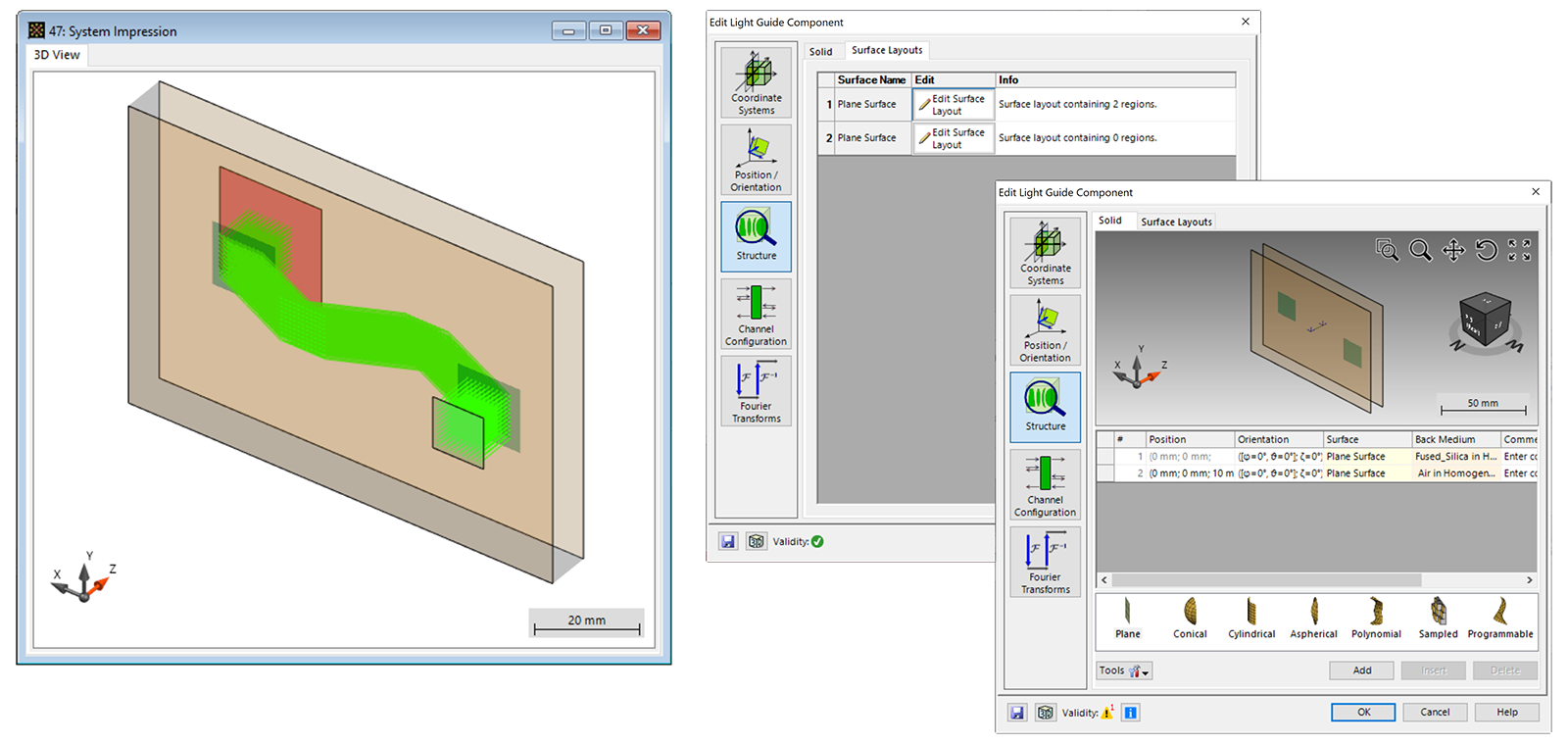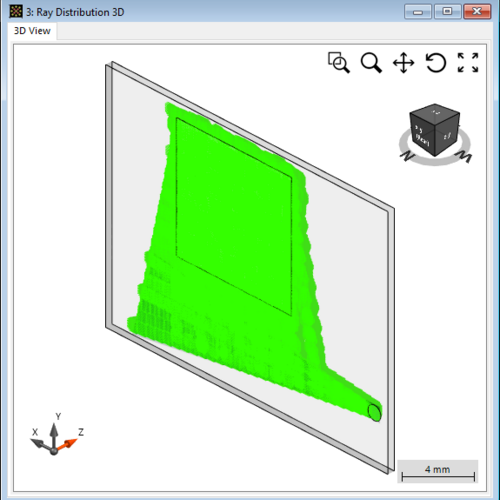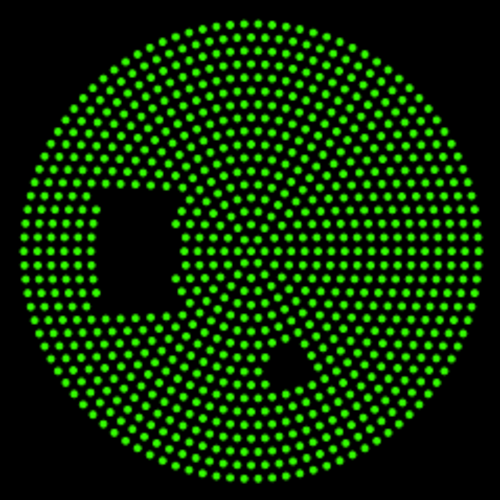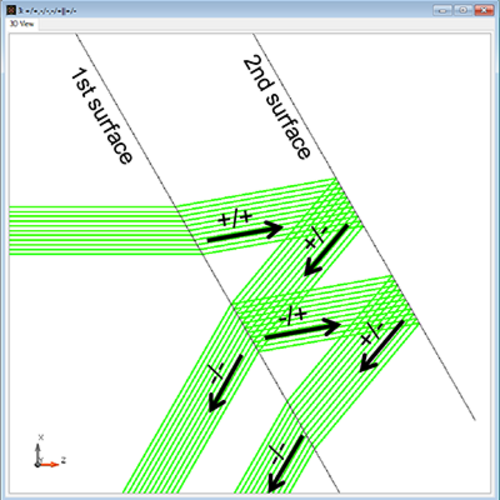Construction of a Light Guide
Abstract
New applications in the area of augmented and mixed reality (AR & MR) have drawn increased attention to light-guide systems with grating regions for in- and outcoupling, and pupil-expansion purposes.
VirtualLab Fusion provides several powerful tools for the simulation and design of such systems, among them a light-guide component with flexible grating region configuration. The simulation then benefits from the “connecting field solvers” approach implemented in VirtualLab Fusion, as well as its effective non-sequential modeling technology. In this use case we present how to set up and configure the Light Guide component.
VirtualLab Fusion Configuration
-
 VirtualLab Fusion
VirtualLab Fusion
-
 AR VR MR Package
AR VR MR Package
-
 Grating Package
Grating Package



